Tokyo University
Japanese researchers use mannequin heads to prove that face coverings really do work against COVID-19.
A tiny cyborg model at the moment, this contraption marks the beginning of robots taking over humanity.
According to a study done by Lego Japan, the majority of surveyed graduates from elite universities played with Legos when they were children.
Results of first scientific study into Pokémon GO‘s health benefits reveal game lowers stress levels.
Backlash is swift for plan which offered in-flight companionship from one of five young, intelligent women.
If you love Legos, these photos from the University of Tokyo’s Lego Club will make you want to go back to school and play with blocks!
Every year, tech giants like Apple, Samsung and HTC give us more features and better, often bigger, displays to look forward to in our smartphones. But so far they still haven’t managed to come up with a way to tackle perhaps the most common problem users have, which is dropping your phone and cracking the screen.
However one research team at Tokyo University is hoping to change that by creating glass that is nearly indestructible. If the team achieves its goal, the glass could be used in everything from buildings to consumer electronics as soon as 2020.
A couple of years ago we reported on a robot hand that could always win at the timeless hand game rock-paper-scissors or janken as it’s known here in Japan. After wrapping up, we confirmed that it would never lose, declared that the human race was doomed to sit in the back seats of our robot overlords, then called it a day.
Now we are surprised to learn that Tokyo University’s Ishikawa Watanabe Lab is back with an even better performing rock-paper-scissors robot, somewhat awkwardly dubbed the Janken Robot with 100% Winning Rate.
On 23 May, NHK announced that it has been working with Tokyo University to create a way to not only transmit images over long distances but to also send the sense of touch. Using this, viewers would also become able to actually feel whatever appeared on screen with their own hands.
This system makes use of Tokyo University’s newly developed device which can measure the dimensions and hardness of an object in three dimensions simultaneously. On the other end, NHK has been hard at work on a Touch/Force Display which would allow viewers to get tactile feedback from the images presented on screen.
Spider-Man can apparently do whatever a spider can and that includes attending a class at the prestigious University of Tokyo. As he quietly sits in the front row of a regional geography lecture, we can’t help but wonder why his Spidey sense brought him to a boring lecture hall when he could have been swinging from the skyscrapers of Tokyo or turning into a dumpling.
Rock-Paper-Scissors, the longstanding arbitrator of riding shotgun or eating the last slice of pizza has been celebrated for hundreds of years for its simple yet elegant balance of psychology and chance.
It’s such a part of the human experience that a robot could never out match the human mind in the RPS arena. Until now that is, as Engineers from the University of Tokyo decided to stick their noses in and build a robot that never ever loses at Rock-Paper-Scissors – ever! So how does it do it?
Since the accident at the Fukushima Daiichi Nuclear Power Plant following the terrible East Japan Earthquake in March last year, radiation has unfortunately been a topic of concern for everyone in Japan. It is therefore not surprising that a team of scientists at Tokyo University, where some of the top minds of Japan can be found, conducted a study on how radiation in seafood can be reduced. However, the results which have been reported in the media recently are not what you may expect from Japan’s premier academic institution.
According to reports, the team at Tokyo University, headed by Professor Shugo Watabe, concluded from their experiments that up to 95% of the radioactive cesium contained in fish can be removed by reducing the fish into very small pieces, close to paste form, and washing it repeatedly with water. Read More
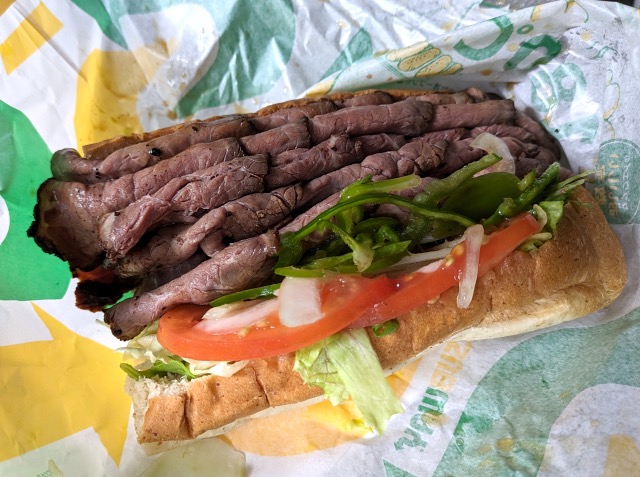
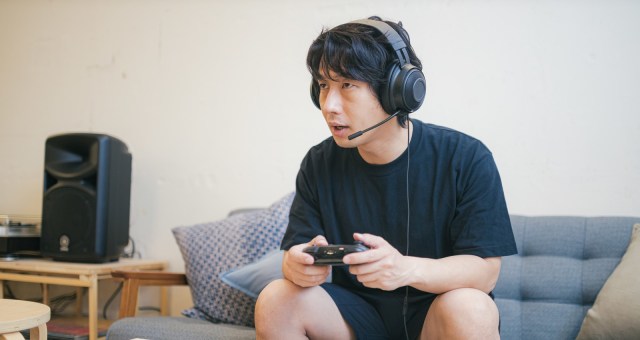
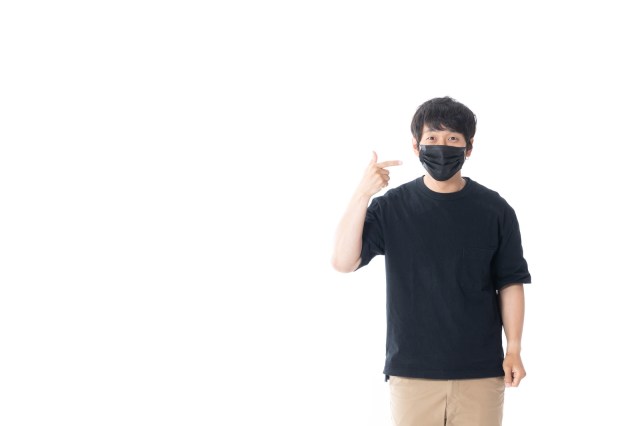
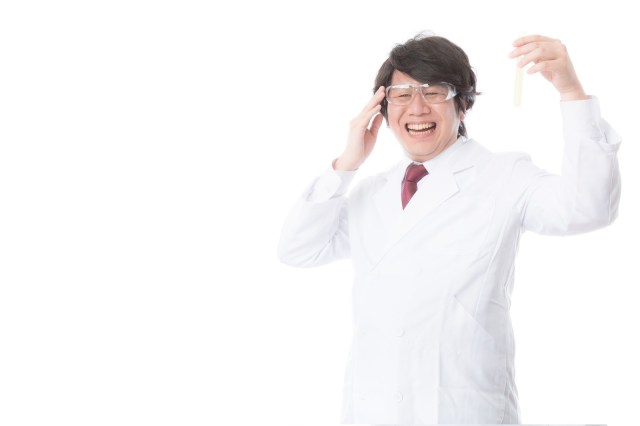
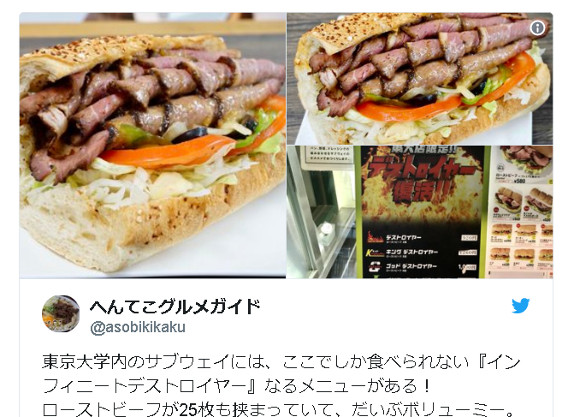
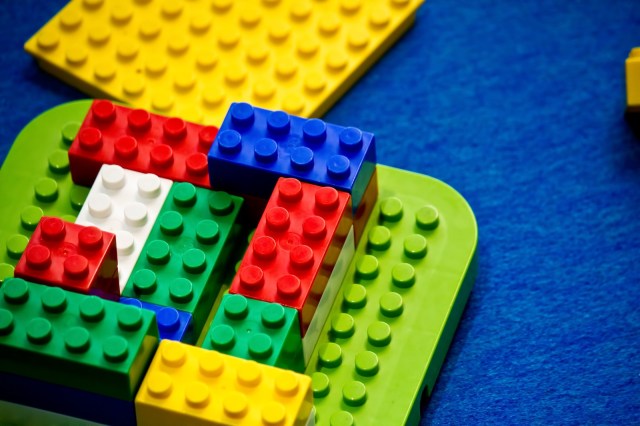
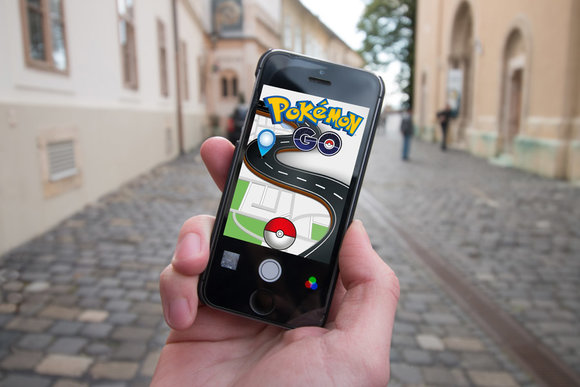
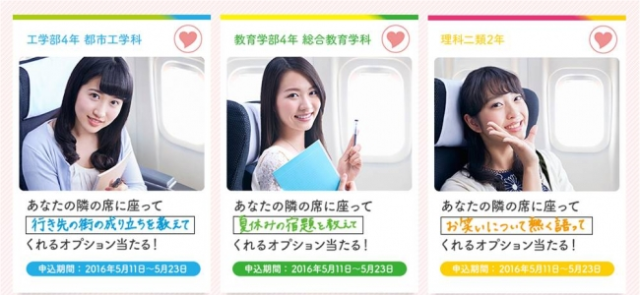
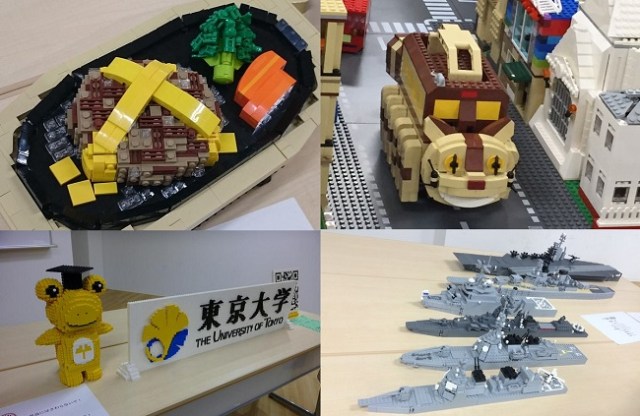
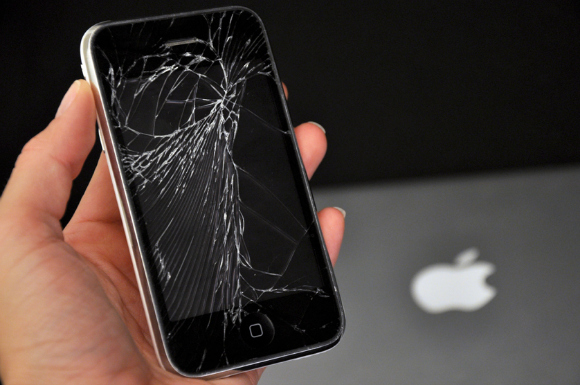
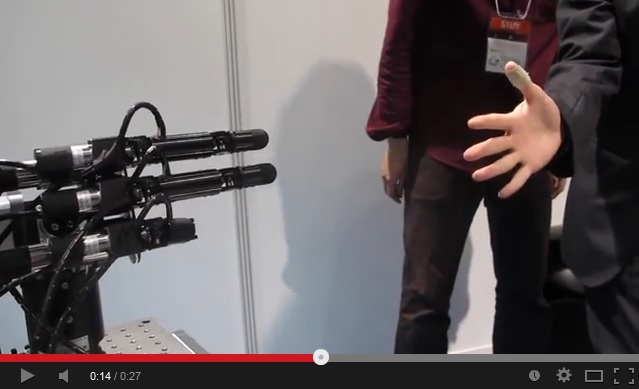
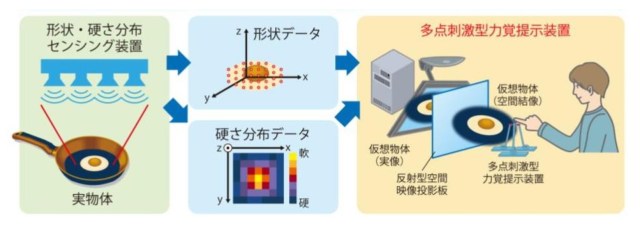
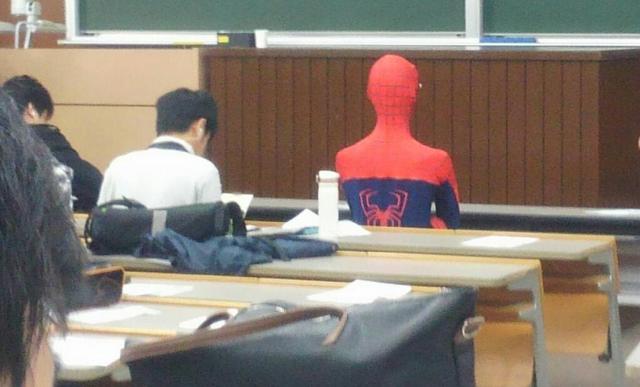
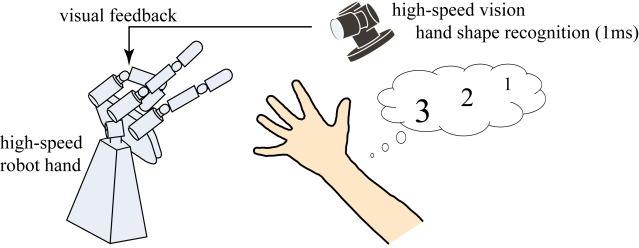
 Ramen restaurant’s English menu prices are nearly double its Japanese ones, denies discriminating
Ramen restaurant’s English menu prices are nearly double its Japanese ones, denies discriminating Here’s what our bachelor writers ate over the New Year’s holiday in Japan
Here’s what our bachelor writers ate over the New Year’s holiday in Japan Nearly one in ten young adults living in Japan isn’t ethnically Japanese, statistics show
Nearly one in ten young adults living in Japan isn’t ethnically Japanese, statistics show Rakuten randomly offers 58 New Year’s osechi feasts in Japan, but did we get a star or a dud?
Rakuten randomly offers 58 New Year’s osechi feasts in Japan, but did we get a star or a dud? What makes a good boss in Japan? Workers sound off in survey
What makes a good boss in Japan? Workers sound off in survey Japanese beef bowl chain Sukiya’s 2026 Smile Box lucky bag basically pays for itself
Japanese beef bowl chain Sukiya’s 2026 Smile Box lucky bag basically pays for itself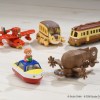 New Studio Ghibli die-cast anime cars on their way, even if neither one is really a car【Pics】
New Studio Ghibli die-cast anime cars on their way, even if neither one is really a car【Pics】 We investigate Sendagaya Tunnel and get a message from beyond【Haunted Tokyo】
We investigate Sendagaya Tunnel and get a message from beyond【Haunted Tokyo】 U.S.A. now the fastest-growing market for Japan’s high-tech toilets, now selling quicker than ever
U.S.A. now the fastest-growing market for Japan’s high-tech toilets, now selling quicker than ever Burger King Japan’s Ugly Burgers go head-to-head in a battle for flavour
Burger King Japan’s Ugly Burgers go head-to-head in a battle for flavour Starbucks Japan ready to get Year of the Horse started with adorable drinkware and plushies【Pics】
Starbucks Japan ready to get Year of the Horse started with adorable drinkware and plushies【Pics】 Hayao Miyazaki says Happy New Year to Studio Ghibli fans with new art for Year of the Horse
Hayao Miyazaki says Happy New Year to Studio Ghibli fans with new art for Year of the Horse Cup Noodle tries an authentic Jiro-style ramen, but something’s not quite right
Cup Noodle tries an authentic Jiro-style ramen, but something’s not quite right Top Japanese cosplayer Enako returns to Comiket after 6 years, creates mayhem with admirers
Top Japanese cosplayer Enako returns to Comiket after 6 years, creates mayhem with admirers The best Starbucks Japan Frappuccinos we want to drink again in 2026
The best Starbucks Japan Frappuccinos we want to drink again in 2026 We revisited Sweets Paradise after a decade to see if Japan’s dessert buffet still delivers
We revisited Sweets Paradise after a decade to see if Japan’s dessert buffet still delivers That time Seiji called JASRAC to ask why he didn’t get paid royalties for his song being on TV
That time Seiji called JASRAC to ask why he didn’t get paid royalties for his song being on TV Pizza Hut Japan’s hot lucky bags are perfect for a New Year’s pizza party
Pizza Hut Japan’s hot lucky bags are perfect for a New Year’s pizza party Majority of Japanese mayors say foreign residents are essential but most see good and bad effects
Majority of Japanese mayors say foreign residents are essential but most see good and bad effects 7-Eleven Japan starts new temporary luggage storage service in over 300 branches
7-Eleven Japan starts new temporary luggage storage service in over 300 branches Disillusionment at Tsukiji’s tourist-target prices led us to a great ramen restaurant in Tokyo
Disillusionment at Tsukiji’s tourist-target prices led us to a great ramen restaurant in Tokyo Starbucks teams up with 166-year-old Kyoto doll maker for Year of the Horse decorations【Photos】
Starbucks teams up with 166-year-old Kyoto doll maker for Year of the Horse decorations【Photos】 Tokyo considering law requiring more trash cans following litter increase in heavily touristed area
Tokyo considering law requiring more trash cans following litter increase in heavily touristed area Tokyo’s Tsukiji sushi neighborhood asks tour groups to stay away for the rest of the month
Tokyo’s Tsukiji sushi neighborhood asks tour groups to stay away for the rest of the month Tokyo event lets you travel back in time, for free, to celebrate 100 years since Showa era start
Tokyo event lets you travel back in time, for free, to celebrate 100 years since Showa era start Japan may add Japanese language proficiency, lifestyle classes to permanent foreign resident requirements
Japan may add Japanese language proficiency, lifestyle classes to permanent foreign resident requirements Sanrio theme park in Japan announces plans to expand into a Sanrio resort
Sanrio theme park in Japan announces plans to expand into a Sanrio resort Lacquerware supplier to emperor of Japan and Pokémon team up for new tableware
Lacquerware supplier to emperor of Japan and Pokémon team up for new tableware Survey asks foreign tourists what bothered them in Japan, more than half gave same answer
Survey asks foreign tourists what bothered them in Japan, more than half gave same answer Japan’s human washing machines will go on sale to general public, demos to be held in Tokyo
Japan’s human washing machines will go on sale to general public, demos to be held in Tokyo Japan’s deadliest food claims more victims, but why do people keep eating it for New Year’s?
Japan’s deadliest food claims more victims, but why do people keep eating it for New Year’s? We deeply regret going into this tunnel on our walk in the mountains of Japan
We deeply regret going into this tunnel on our walk in the mountains of Japan Studio Ghibli releases Kodama forest spirits from Princess Mononoke to light up your home
Studio Ghibli releases Kodama forest spirits from Princess Mononoke to light up your home Major Japanese hotel chain says reservations via overseas booking sites may not be valid
Major Japanese hotel chain says reservations via overseas booking sites may not be valid Put sesame oil in your coffee? Japanese maker says it’s the best way to start your day【Taste test】
Put sesame oil in your coffee? Japanese maker says it’s the best way to start your day【Taste test】 No more using real katana for tourism activities, Japan’s National Police Agency says
No more using real katana for tourism activities, Japan’s National Police Agency says Starbucks Japan reveals new sakura drinkware collection, inspired by evening cherry blossoms
Starbucks Japan reveals new sakura drinkware collection, inspired by evening cherry blossoms Updated cherry blossom forecast shows extra-long sakura season for Japan this year
Updated cherry blossom forecast shows extra-long sakura season for Japan this year Japanese beef bowl chain Sukiya’s 2026 Smile Box lucky bag basically pays for itself
Japanese beef bowl chain Sukiya’s 2026 Smile Box lucky bag basically pays for itself New Studio Ghibli die-cast anime cars on their way, even if neither one is really a car【Pics】
New Studio Ghibli die-cast anime cars on their way, even if neither one is really a car【Pics】 We investigate Sendagaya Tunnel and get a message from beyond【Haunted Tokyo】
We investigate Sendagaya Tunnel and get a message from beyond【Haunted Tokyo】 U.S.A. now the fastest-growing market for Japan’s high-tech toilets, now selling quicker than ever
U.S.A. now the fastest-growing market for Japan’s high-tech toilets, now selling quicker than ever Burger King Japan’s Ugly Burgers go head-to-head in a battle for flavour
Burger King Japan’s Ugly Burgers go head-to-head in a battle for flavour Village Vanguard’s “dangerous” lucky bag promises thrilling highs and miserable lows
Village Vanguard’s “dangerous” lucky bag promises thrilling highs and miserable lows Much-loved Japanese children’s characters come to life in horrific fashion at Street Fest
Much-loved Japanese children’s characters come to life in horrific fashion at Street Fest How to make so, Japan’s 1,000-year-old dessert recipe that’s back in fashion【SoraKitchen】
How to make so, Japan’s 1,000-year-old dessert recipe that’s back in fashion【SoraKitchen】 Tokyo fish market breaks New Year auction record as single fish sells for over 500 million yen【Vid】
Tokyo fish market breaks New Year auction record as single fish sells for over 500 million yen【Vid】 We zapped up some tasty hot sandwiches in the microwave with 3COINS’ new gadget from Japan
We zapped up some tasty hot sandwiches in the microwave with 3COINS’ new gadget from Japan Starbucks goes to the tropics for new Frappuccino release in Japan
Starbucks goes to the tropics for new Frappuccino release in Japan That time our reporter’s classmate became possessed by a dead child at school
That time our reporter’s classmate became possessed by a dead child at school